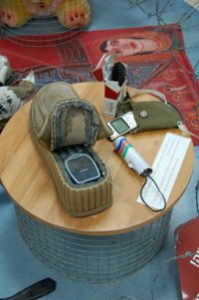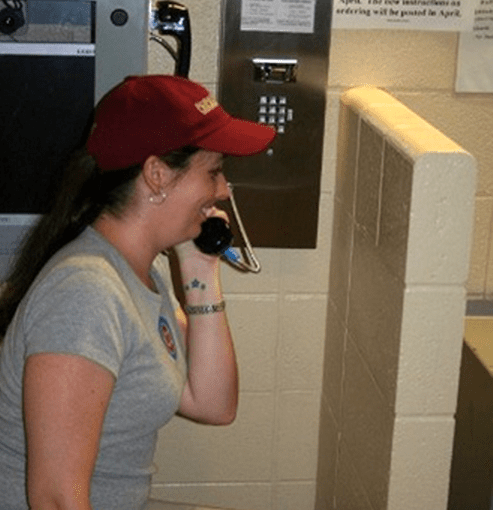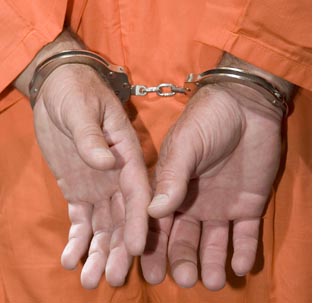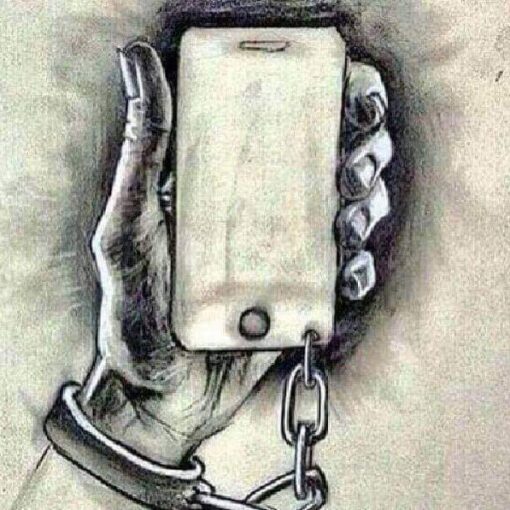 Its not just contraband cell phones that are smuggled into prisons. This article describes the many contraband items found in jail and the methods used to smuggle them in.
Its not just contraband cell phones that are smuggled into prisons. This article describes the many contraband items found in jail and the methods used to smuggle them in.
Suboxone strips hidden under stamps or in the seal of an envelope. Necklaces made out of garbage bags. Toothbrushes and plastic spoons sharpened into weapons. Tobacco or drugs smuggled in bodily cavities, thrown over the prison fence, or left at a public location where prisoners can pick it up while at the doctor’s office or on work detail.
Contraband finds its way into regional jails in a variety of ways, and officers at the Sullivan County Jail must search for it daily.
“Every day it’s always something,” Sgt. Gordon Light said. “There are 700-some inmates, they’re always making something.”
He said anything that can’t be bought in the commissary or that isn’t given to them when they get into jail is contraband.
“It’s a safety issue,” he said. “We want to keep everybody in here – the staff and the inmates – safe.”
Prisoners are searched when first brought into the jail, Light said, and all mail is searched before it is distributed to the jail’s residents.
When Sherry Martin, the officer who searches the mail, finds something illegal in a letter, she tries to track down its sender. But, she said, often those people use fake names or addresses so they don’t get caught.
“Suboxone strips are the most common,” she said of incoming contraband. “We find a lot of tobacco.”
Once in a bubble envelope she found a needle, she said, and now takes all mail out of those envelopes before handing it over.
She also takes off all stamps and checks between the glued-together pieces of birthday cards. Singing birthday cards are gutted and the musical mechanism taken out.
“They can’t have Polaroid pictures because they can slit them” open and hide drugs behind the photos, she said.
And, if the paper in a letter looks like it has been wet, she said, sometimes that indicates it has been dipped in acid. The recipient of the letter will then chew up the letter to get a high, she said. Or, pills have been broken open, made into a paste, and rubbed into greeting cards.
Martin said she sometimes reads the letters, if they look suspicious to her.
“I scan them – we find out information about what’s going on in the cell, they usually will tell in their letters,” she said.
The drugs are a safety hazard in the cells, said the jail’s health administrator, Penny Tester.
“You can overdose on them,” she said. “I haven’t had anybody overdose on Suboxone that I know of yet. If they come in and say they’ve been on it, I send them to be checked.”
She said another health risk as the result of contraband is tattoos prisoners put on each other, using makeshift tattoo guns made of plastic spoons and staples, or ink pens and paperclips.
“Skin infection is a problem,” she said. “They don’t have an antiseptic; they don’t have the proper salve to put on it. They get bar soap – that’s not an antibacterial soap; you’re not supposed to wash tattoos with it.”
Crayons, markers and colored pencils are considered contraband items at the jail because the pigment is used for tattoo ink, Light said.
Jewelry found is often made of trash bags, he said, fashioned into necklaces, bracelets and chains. Some of the jewelry features religious symbols, while others have names of loved ones etched in.
“They’re pretty creative,” he said. “They’ve got all the time to sit there.”
Light said the incentive for making contraband items such as jewelry or homemade shanks out of toothbrushes varies.
Sometimes, he said, people who are good at making jewelry can trade their wares for items from the commissary – a honeybun or a T-shirt – if they don’t get money for the commissary.
Tester said the introduction of drugs and tobacco into the prison system brings an array of other problems into the jail.
“They have fights over the tobacco, and sell for commissary,” she said.
Light said officers at the jail perform random checks of prisoners and of their cells to locate contraband items.
“They’re always looking for a hiding spot,” he said. “It’s a game between them and us – hide and seek.”
- Blockchain System for Compliant Inmate Transactions - March 4, 2025
- Securus Gets the Signal, Eleven Years Later - August 23, 2024
- Multi-Blockchain System for Inmate Forensics - April 2, 2024




